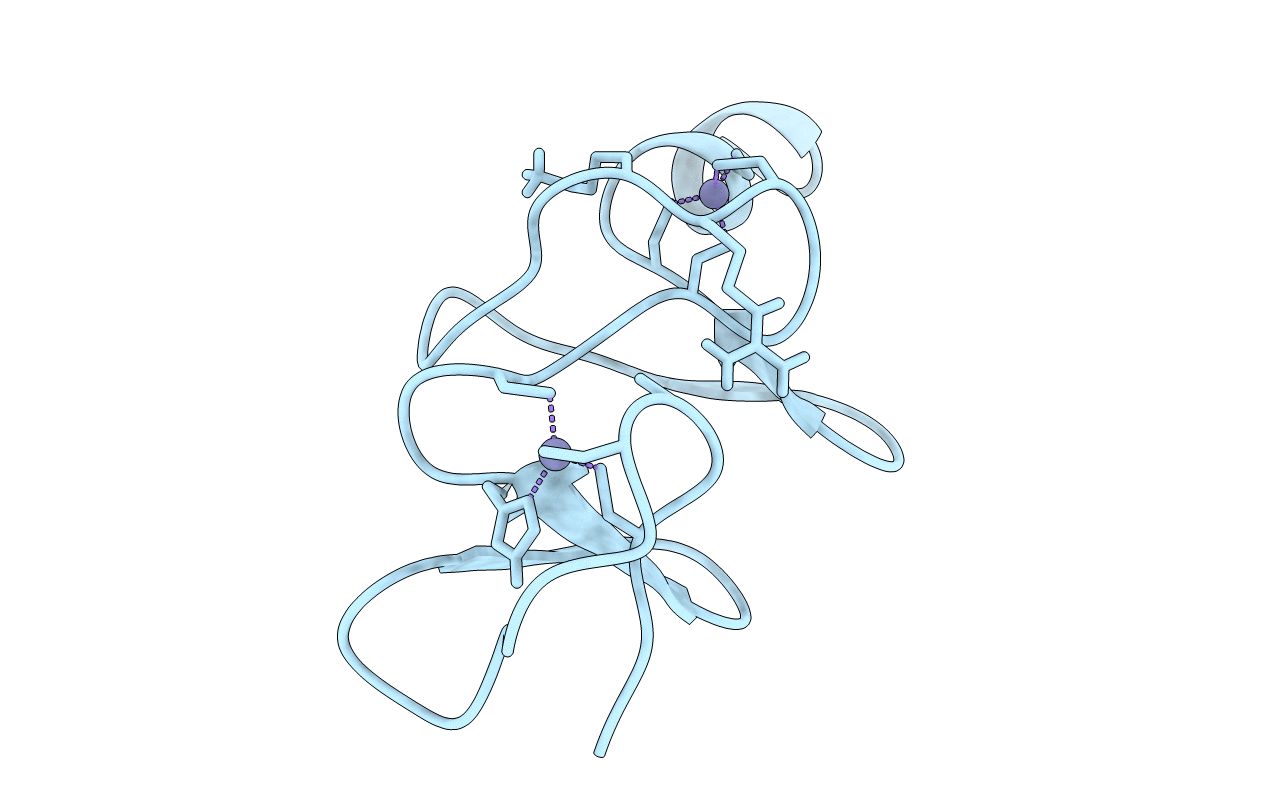
Deposition Date
1998-03-15
Release Date
1998-05-27
Last Version Date
2024-05-22
Entry Detail
PDB ID:
1A7I
Keywords:
Title:
AMINO-TERMINAL LIM DOMAIN FROM QUAIL CYSTEINE AND GLYCINE-RICH PROTEIN, NMR, MINIMIZED AVERAGE STRUCTURE
Biological Source:
Source Organism:
Coturnix japonica (Taxon ID: 93934)
Host Organism:
Method Details:
Experimental Method:
Conformers Calculated:
15
Conformers Submitted:
1
Selection Criteria:
LEAST RESTRAINT VIOLATION, MINIMUM ENERGY


